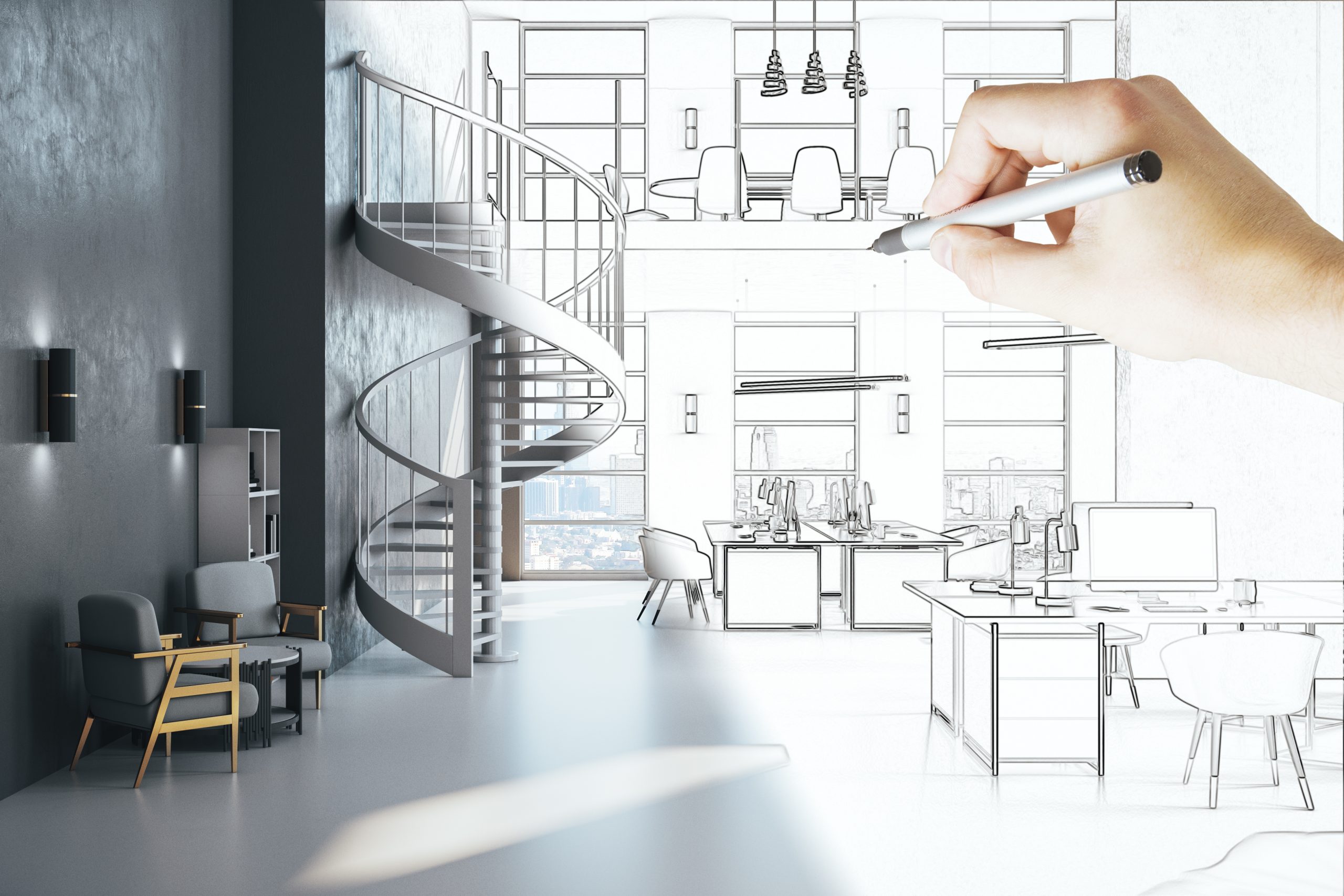In a world where environments shape our experiences, architectural design stands as a powerful tool for transformation. It goes beyond mere construction; it is an art form that encapsulates culture, history, and the visions of those who inhabit these spaces. From soaring skyscrapers that scrape the sky to cozy homes that cradle families, each structure tells a story, reflecting the dreams and aspirations of its creators.
As we delve into the nuances of architectural design, we discover how imagination can redefine everyday spaces. Architects today are not only builders but visionaries who blend functionality with creativity, creating environments that inspire and uplift. The interplay of light, materials, and form invites us to reconsider our relationship with the spaces we occupy, turning the mundane into the extraordinary. This exploration reveals the limitless possibilities of design, where imagination lays the foundation for innovative solutions to meet the needs of our ever-evolving society.
The Essence of Architectural Design
Architectural design is the art and science of shaping our built environment. It is a process that encompasses creativity and functionality, merging aesthetics with practicality to create spaces that serve human needs while enhancing the experience of the physical world. Each structure tells a unique story, reflecting the cultural, historical, and geographical context in which it exists. Good architectural design considers client requirements, site constraints, and sustainability, aiming to harmonize buildings with their surroundings.
At its core, architectural design involves much more than just creating structures. It is about envisioning spaces that foster interactions, inspire creativity, and promote well-being. Architects draw from various influences, including art, nature, and technology, to cultivate environments that resonate with individuals and communities. This process often requires collaboration among various stakeholders, including clients, engineers, and urban planners, ensuring a comprehensive approach to creating meaningful spaces.
The impact of architectural design reaches far beyond the physical attributes of buildings. It shapes the way people interact with their environment and influences social dynamics. Thoughtfully designed spaces can promote community engagement, enhance quality of life, and contribute to the overall character of a place. By redefining what spaces can be, architectural design not only transforms landscapes but also the very essence of how we live, work, and play.
Innovative Techniques in Space Redefinition
Architectural design continually evolves as professionals seek to push the boundaries of creativity and functionality. One notable technique gaining traction is the use of modular construction. This method allows for the assembly of pre-fabricated units, transforming how spaces are conceptualized and built. By utilizing modular elements, architects can create flexible living and working environments that adapt to the needs of occupants, ultimately redefining spatial perceptions.

Another innovative approach is biophilic design, which integrates natural elements into architectural spaces. This technique enhances the connection between people and nature, promoting well-being and productivity. By incorporating features such as green walls, natural light, and open-air spaces, architects create environments that foster a sense of tranquility and inspiration, effectively altering the way individuals experience a given space.
Lastly, technology plays a crucial role in reimagining architectural design through virtual and augmented reality. These tools offer immersive experiences that allow architects to visualize and manipulate spaces before they are built. By simulating different design possibilities, professionals can experiment with layouts and materials, leading to more informed decisions and innovative outcomes. This technological advancement not only enhances creativity but also encourages collaboration between clients and designers, paving the way for personalized spaces that truly resonate with users.
The Impact of Design on Human Experience
The essence of architectural design lies in its profound ability to shape the way we interact with our environment. Well-designed spaces can evoke emotions and create atmospheres that significantly influence our mood and well-being. For instance, a building filled with natural light can foster feelings of happiness and comfort, while a poorly designed, dark space might lead to feelings of confinement and unease. The layout of a space can also affect how social interactions unfold, making certain areas conducive to collaboration, while others may promote solitude.
Moreover, the cultural context of architectural design plays a critical role in shaping human experience. Designs that resonate with local traditions and values often create a sense of belonging and identity among inhabitants. When architecture reflects the history and culture of a place, it enriches the experience of those who engage with it, turning everyday environments into meaningful landmarks. This connection fosters pride and encourages community engagement, enhancing the overall quality of life.
Lastly, sustainability in architectural design is increasingly impacting human experience. Spaces designed with environmental consciousness not only contribute to the health of the planet but also enhance the health of its occupants. Natural materials, energy-efficient systems, and biophilic design principles create environments that support physical well-being and mental clarity. As society continues to prioritize sustainability, the integration of these elements into architectural design will shape not just the physical spaces we inhabit, but also our relationship with the world around us.
